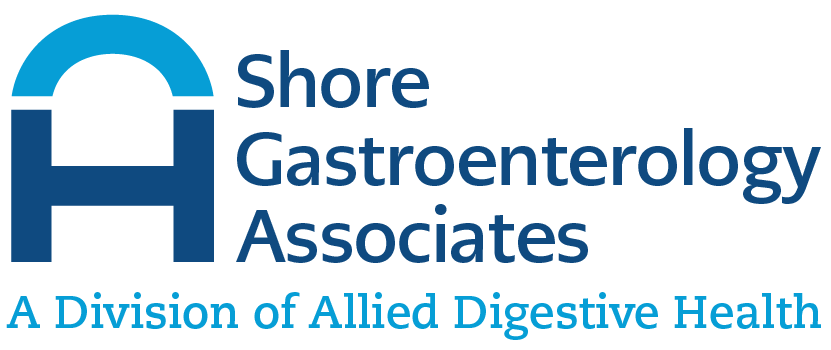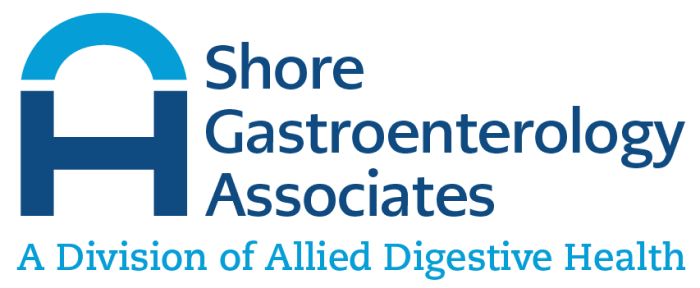What is a Flexible Sigmoidoscopy?
A sigmoidoscopy is an internal exam of the lower part of the large intestine (colon) using a short, thin, flexible lighted tube. The tube, called a flexible sigmoidoscope, has a tiny camera at the tip allowing the doctor to view the inside of the rectum and the lower third of the colon. A small biopsy instrument to remove tissue samples to be checked under a microscope for signs of disease can be performed during the examination.
Why is a Flexible Sigmoidoscopy Done?
A flexible sigmoidoscopy can help your doctor determine the cause of abdominal pain, rectal bleeding, changes in bowel habits, chronic diarrhea and other intestinal problems. Your doctor may be able to diagnose the cause of diarrhea, bowel obstruction, diverticulosis, inflammatory bowel disease, anal fissures and hemorrhoids, as well as find colon polyps that might be in this lower part of the colon.
Flexible sigmoidoscopy does not allow the doctor to see the entire colon. Therefore, any cancers or polyps farther into the colon cannot be detected with flexible sigmoidoscopy. A colonoscopy allows the doctor to examine the entire colon.
How Does One Prepare for a Flexible Sigmoidoscopy?
- The lower colon and rectum must be completely empty prior to the procedure. You may be given a recommendation by your doctor to take a laxative and small enema (liqquid solution that washed out the lower intestine) before the test
- You may be advised to only consume clear liquids 12 to 24 hours before the procedure. This included gelatin, fat-free bouillon or broth, strained fruit juice (no grape or red coloring), water, unsweetened coffee or tea, or diet soda.
Shore Gastroenterology
How is a Flexible Sigmoidoscopy Performed?
The patient will be adjusted to be positioned on their lower left side with knees drawn up towards the chest. In order to check for abnormalities, a rectal exam will be performed by carefully inserting a lubricated and gloved finger into the rectum. The sigmoidoscope will then be inserted into the rectum, causing some pressure. To expand the colon and increase the visibility for the doctor, air will be introduced through the scope. While the scope is slowly removed, the lining of the bowel is examined. If a biopsy is needed, an instrument will be guided in the center of the scope.
What Happens After the Flexible Sigmoidoscopy is Done?
The procedure takes approximately 15 minutes. Following the procedure, you may have minor discomfort in the abdomen, pass gas, and/or feel bloated. You will be able to resume your regular diet and routine after the procedure.
A small amount of blood in your stool following the procedure is normal. Call your doctor if persists or if abdominal pain is severe or you have a fever of 100 degrees Fahrenheit or more.
What are the Risks Associated With a Flexible Sigmoidoscopy?
Overall the risks are low for this procedure, but can include bleeding, perforation (a hole or deep tear in the lining of the colon or rectum) which may require surgery, injury to other organs, and complications from the anesthesia.


